Many people associate the ballpoint pen with writing, but not Jacqueline Suowari, a Nigerian born artist whose foray into the art world started at the tender age of five. For her, it is a magic wand that helps bring her fascination with human interaction to life. One which ensures she keeps ardent collectors and art lovers alike totally enthralled with the stunning and magnetic pieces she produces through it.
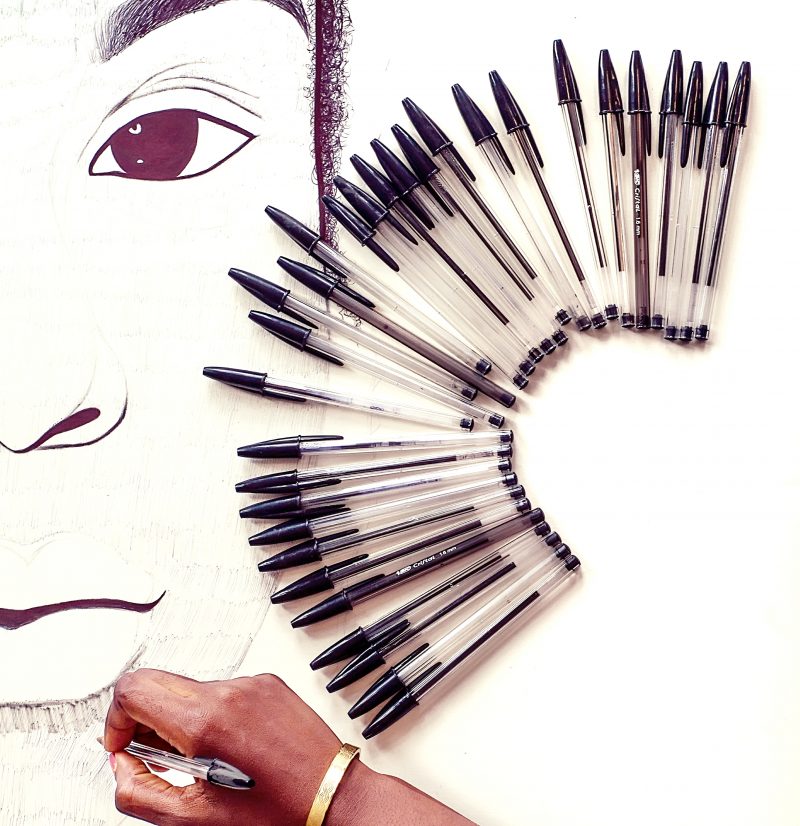
In this interview with Konye Chelsea Nwabogor, she lets us in on the process behind her art, the advantages of social media and her impression of the Nigerian Art industry.
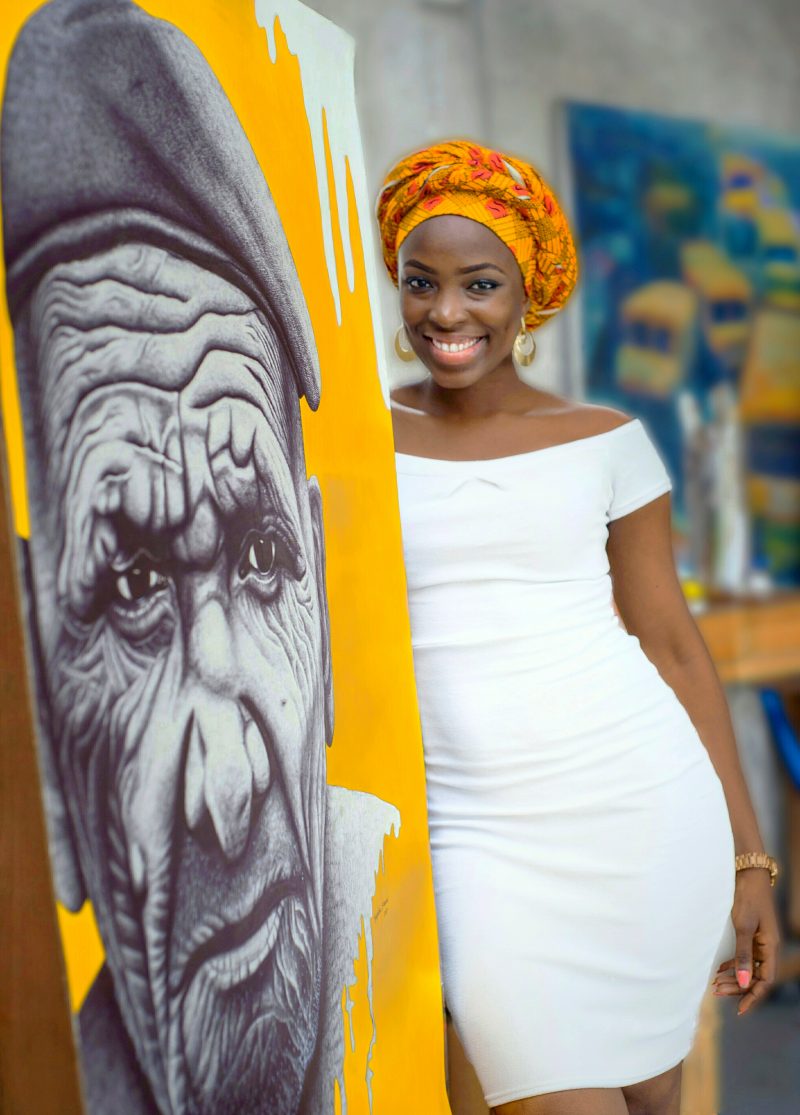
At what age did you realise you had a creative side, and how did you develop it?
I do not remember how old I was exactly, but I vividly remember drawing and colouring characters from my Bible storybook as a toddler. My Mother began to store my drawings in a little folder when I was five years old. I was always excited to add new drawings to the folder.
So, why ballpoint painting?
I love the ballpoint pen, especially the black ballpoint pen, because it’s easy to create layers upon layers with crisp, clear strokes and also because it gives me a precise level of contrast when I’m shading.
Can you remember your very first drawing? Tell me about it.
I don’t recall the exact drawing, but I always drew the characters in my toddler Bible stories.
Looking at your work, one can easily see hours of painstaking commitment. Can you share the process that goes into your Art?
Body Language and Identity inspire me, so the first stage for me is Observation. Observing a person or a reference photograph that speaks to the subliminal emotional responses I want to portray or convey in the story. When I am satisfied, I draw the reference on paper and start to shade. I employ a shading method that I call layering; this is basically the layering of strokes and bases upon each other until there is a distinct contrast of light and shade on the figure.
If it’s a body of work consisting of ten to twelve works, I would usually just draw all of them.
After the drawings are completed, I generate many background sketches and colour schemes before painting or collaging the drawings.
This process usually takes a few months.
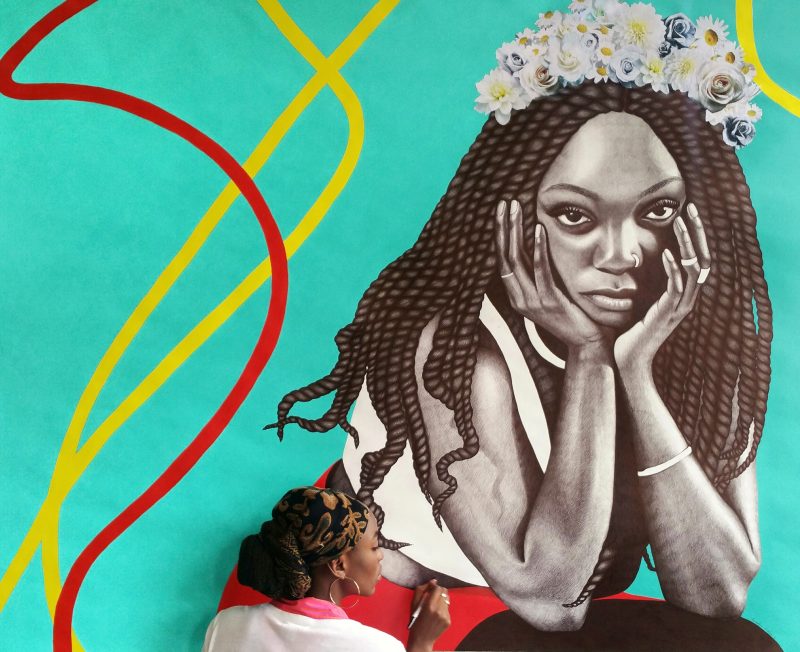
Studying Art was an expected choice, but did you get any resistance from family regarding considering otherwise traditional options such as law or medicine?
When I was growing up, it was not common to find people outside traditional professional courses who were financially comfortable. Naturally, my parents, especially my Mother, were concerned about me studying a course with unpredictable financial rewards. However, with the passing of time and influence from my Father’s friends who were also artists, Late Mr George “Uncle Geelee” Aken’Ova and Prof. Jerry Buhari, things got easier.
Your Art seems to be inspired by human interaction and experiences. Why do you choose to explore these areas?
I am deeply fascinated by human communication. I like to study how it is influenced by identity and body language. Believe me; it’s interesting what a person’s body language reveals about them when you choose to look behind the smiles or the charade. I constantly resist the natural inclination to “judge a book by its cover” because that’s what appearances are “a cover”. One has to patiently observe and listen to communication (a lot of which is non-verbal) to begin to unravel the onion that is the human mind.
What are your thoughts on the Nigerian Art scene and how well it’s done in the past decade?
The Nigerian Art scene has experienced phenomenal growth in the last ten years and is still expanding daily. Thanks to events like the Art Auctions by Arthouse – West Africa’s most prominent Art fair – Arts and the many other contemporary art Spaces and galleries springing up in different parts of the country. Modern African Art is now incomplete without Nigerian Art, and the world is watching closely.
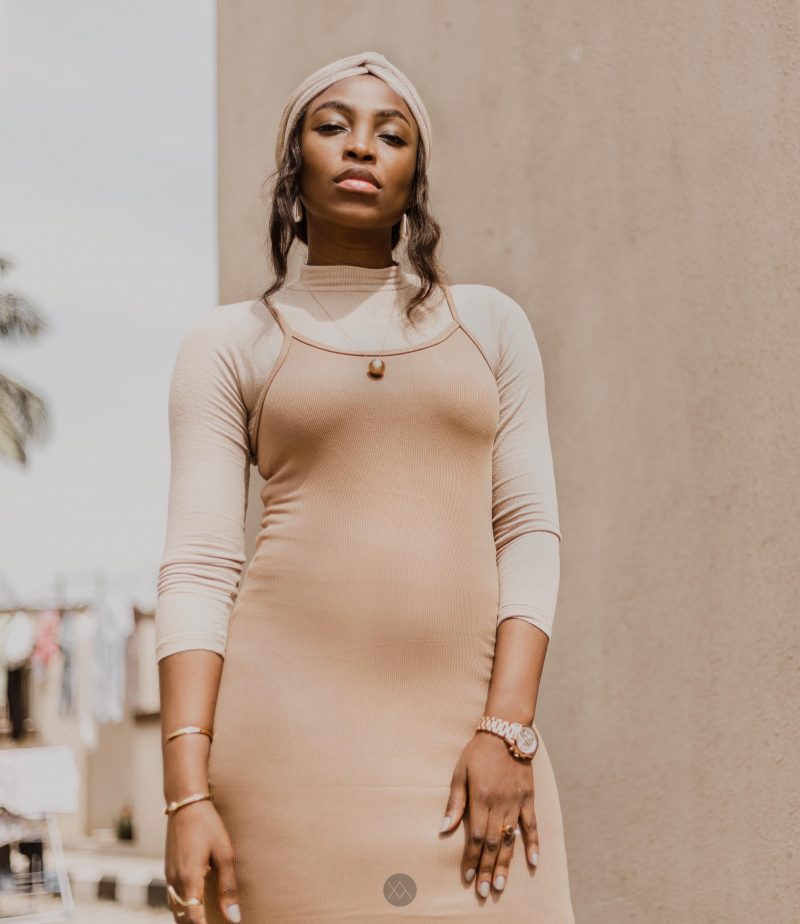
So are you having any challenges regarding breaking in and making your work more visible?
Not at the moment. There was a time when visual artists or creatives had to solely rely on only physical exhibitions and the activities that followed to get exposure and visibility for their work. But, thanks to the availability and accessibility of social media, we can now harness all the tools at our disposal to promote our work. In the eleven years of my professional practice, there has never been a better time to be a Visual Artist; Platforms like Instagram and Twitter have the capability of finding and reaching a wider audience. Personally, Instagram has been very helpful for visibility and communication with a vast number of collectors and art lovers both locally and internationally.
In these times, it’s not enough to stay in the studio and work for long hours. The Artist also has a responsibility to put work out there for the world to see.
Do you have a favourite photograph or painting, which inspires you?
No, I do not have a favourite piece of art per se. However, I am inspired by many things; Music, real-life experiences, body language, poetry etc. I always read between the lines when I listen to a song, read a piece of poetry or encounter a physically interesting person, so there’s an abundance of material at every point in time.
What piece of your artwork would you like to be remembered for?
I would love to be remembered for my larger than life drawings and my attention to detail. But more than that, I’ll like to be remembered for the message of my work. With every body of work I begin, I am addressing issues that affect our everyday living and hopefully proffering solutions that make life easier.
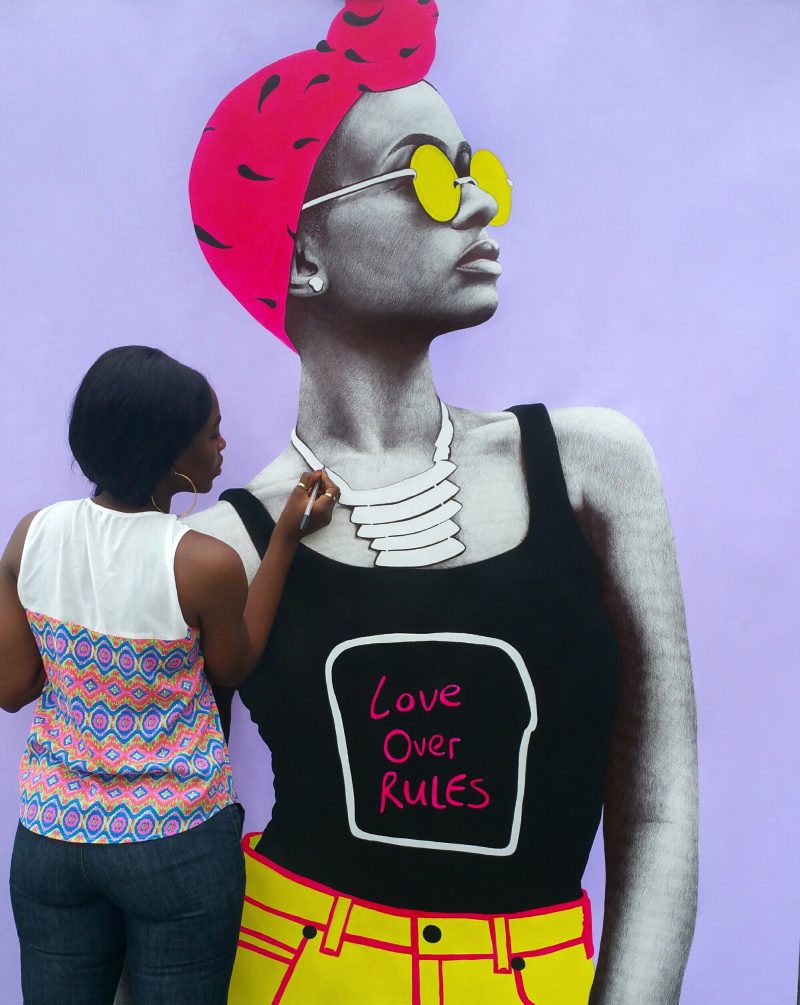
What do you love about being an artist?
The ability to see and experience life differently and also bring a thought to life through lines and colour.
What is your daily routine when working?
I get into the studio between 9.30, and 10am, usually after my morning exercises and breakfast. By this time, my assistant has set up my workstation with the necessary materials for the piece I’m working on. Music is playing in the background; my mood determines the genre, but it’s most likely an Alte playlist or soft rock and Hip hop from the early 2000s. I stare at the piece I’m working on for a while, soliloquising about whether certain adjustments need to be made or left alone. When I’m done with this process, I proceed to begin working. I typically would close work between 5.30 and 6 pm except on days when I’m on a tight schedule. On such days, I work till midnight.
What advice would you give to a young artist following in your steps?
Trust the pace at which you journey forward. Develop yourself, your skills and your mind. Always document your work. This should naturally involve taking professional high-resolution photographs of your work and of events where your work is exhibited, detailed documentation of processes, progress and titles.
Lastly, backup these materials in as many places as possible.

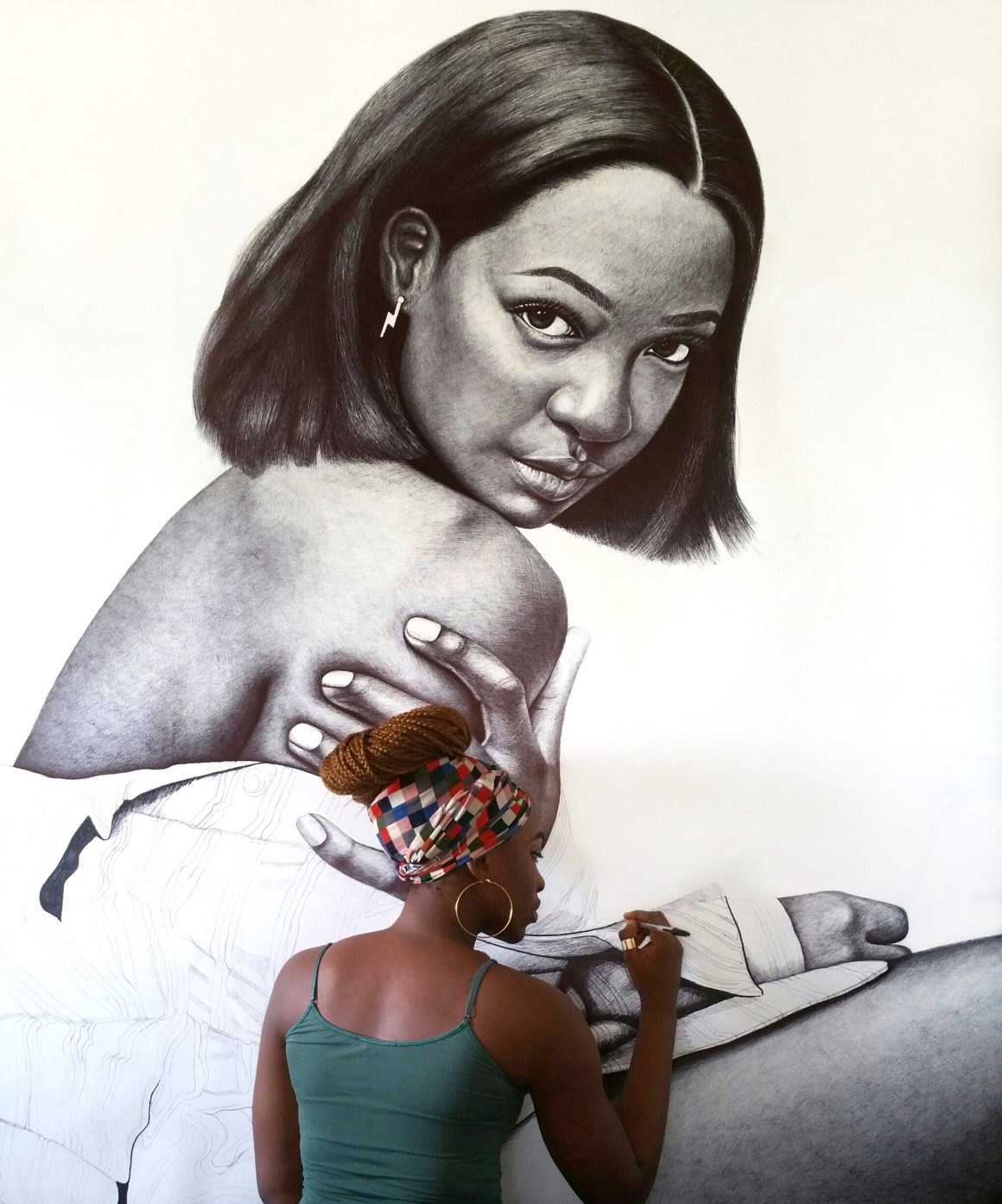
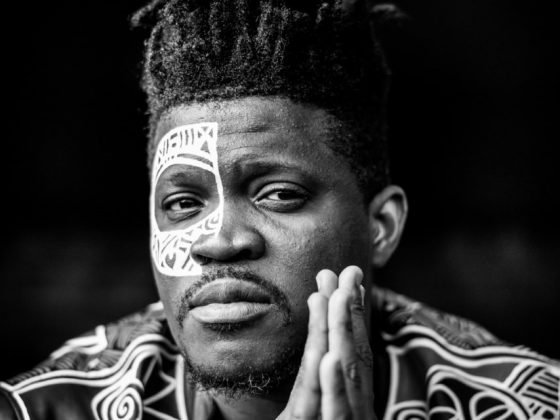

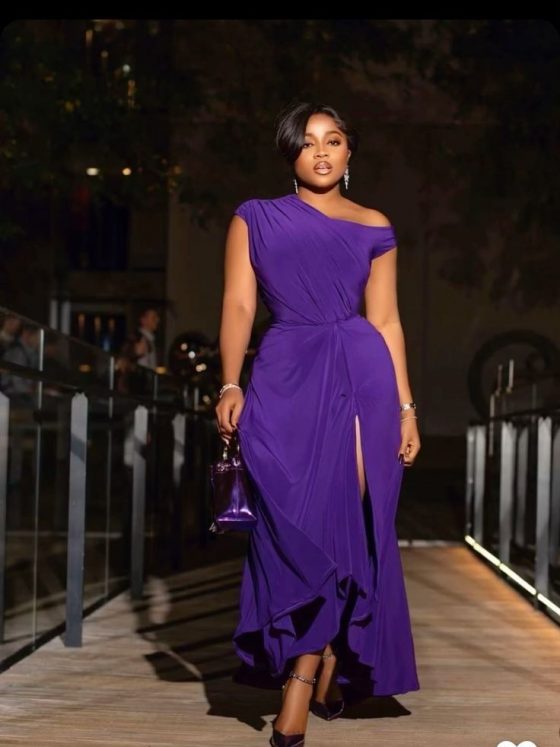
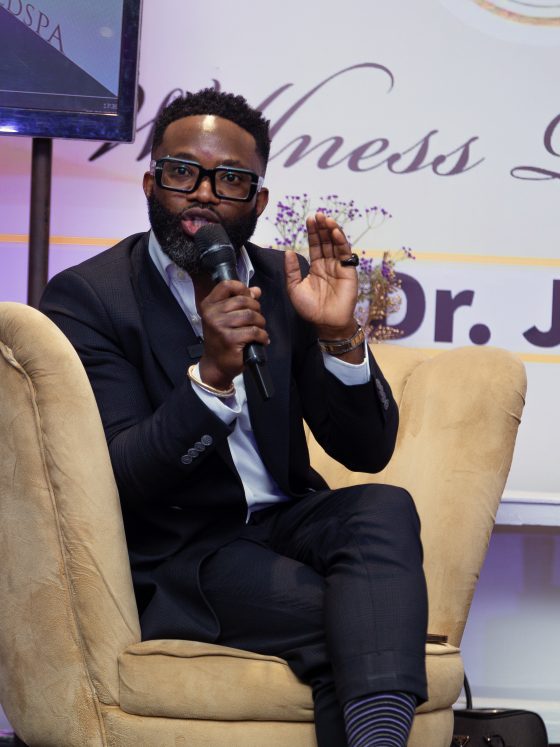
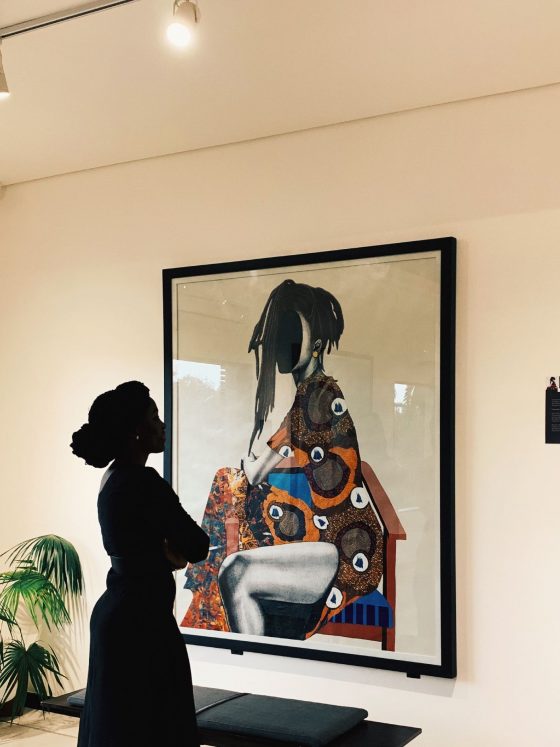
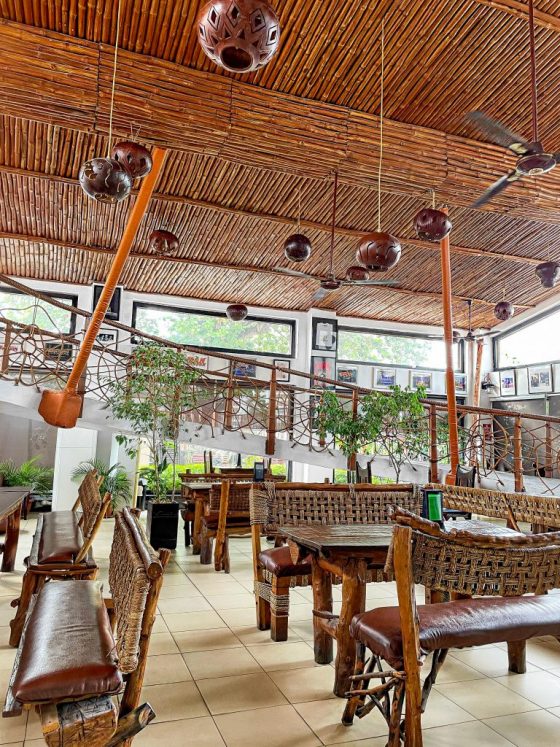
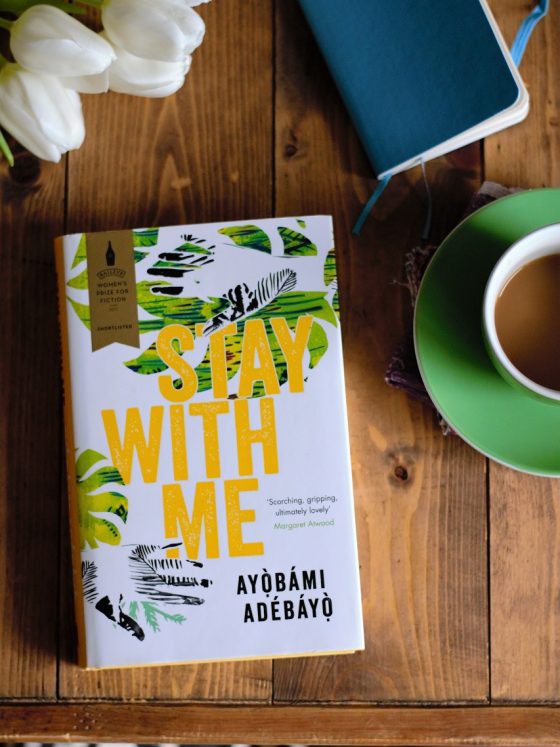
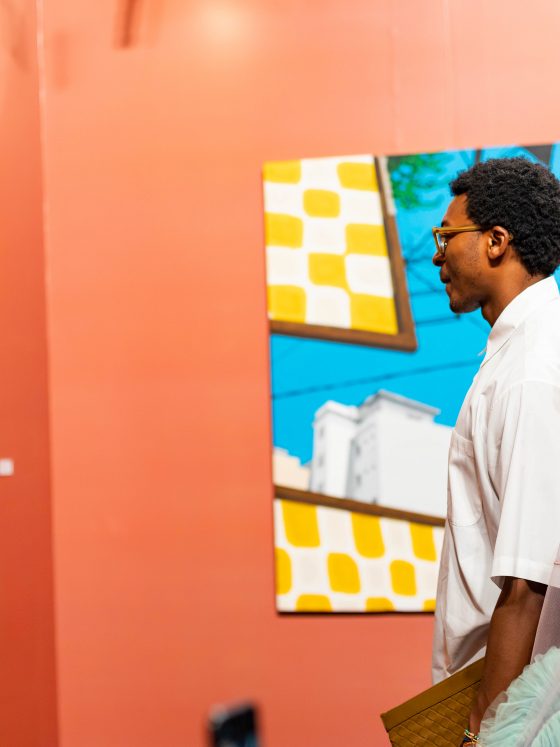
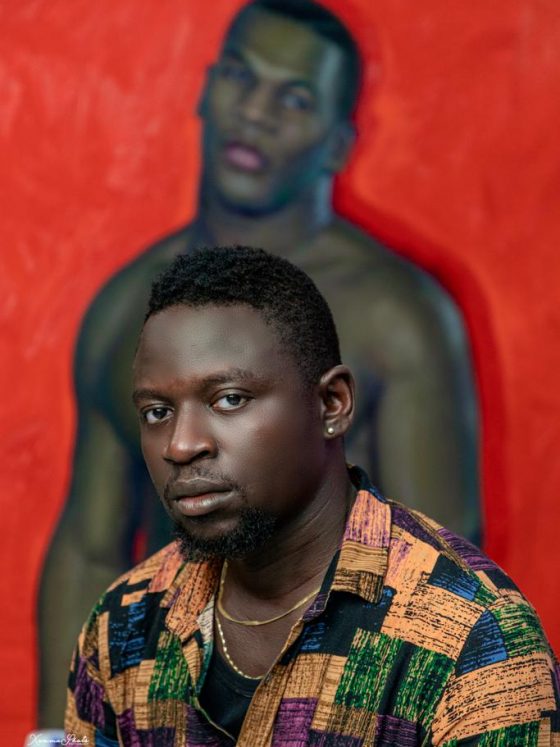
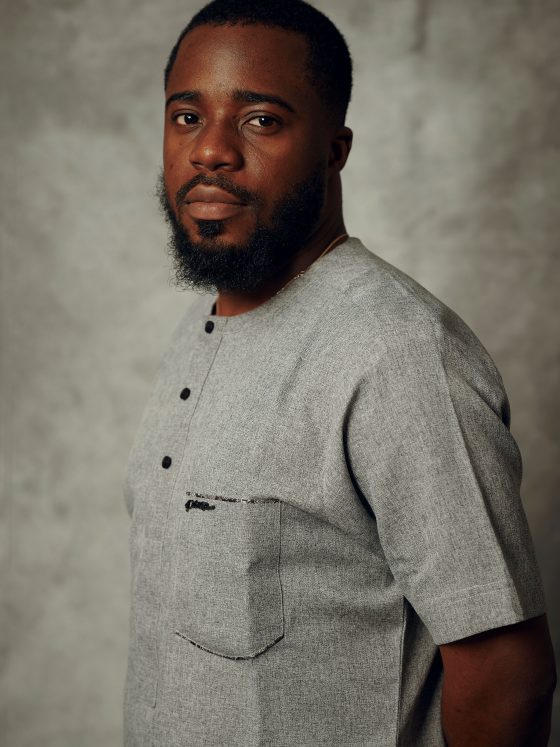
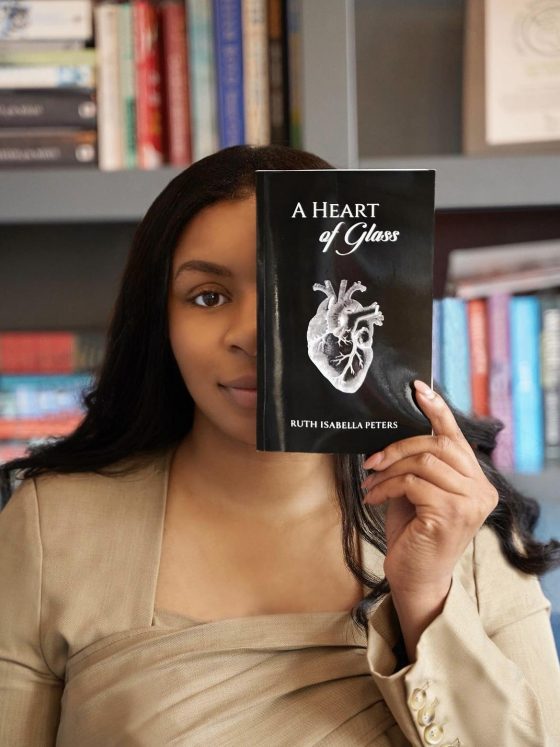
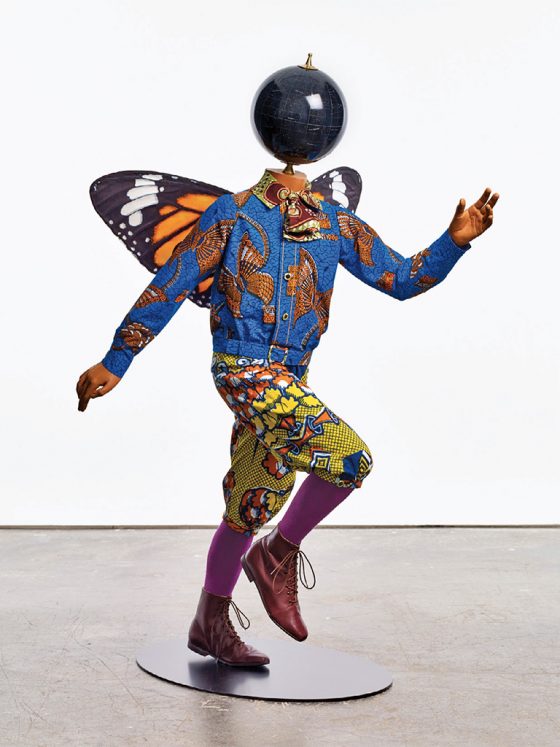
1 comment
Amazing ?